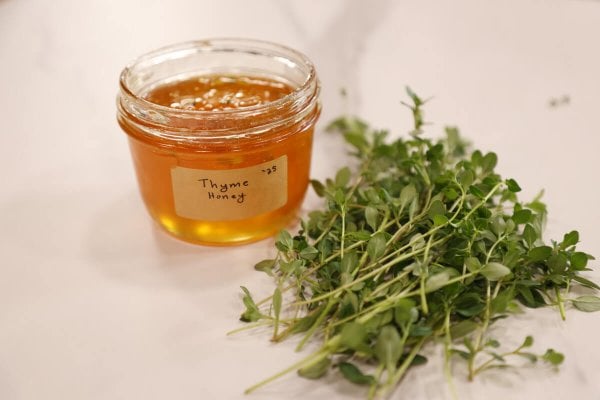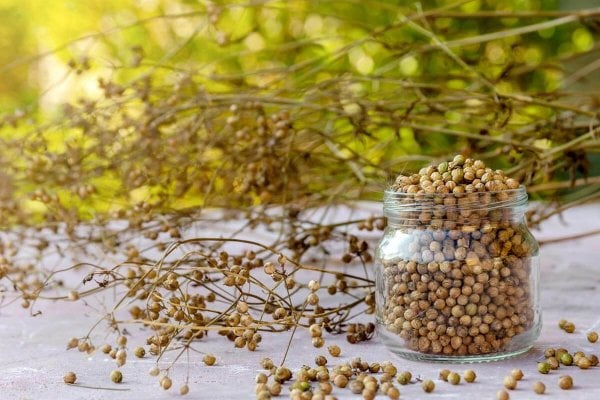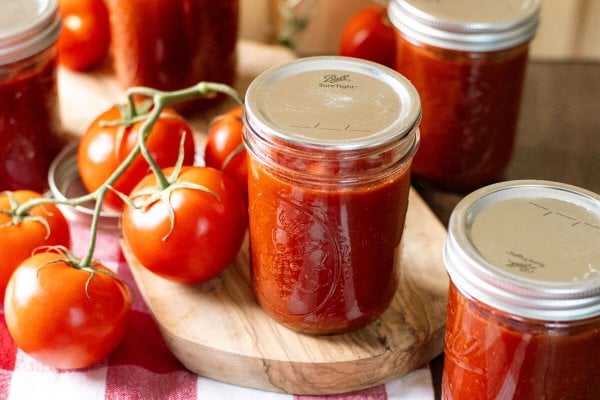Learn the six methods of rehydrating freeze dried foods. From steaming to soaking, spraying to cooking, learn which method works best for each food type and why.

I steered away from freeze drying certain foods for a long time because I wasn’t sure how to rehydrate them properly. So, I jumped in and started experimenting and found six different methods for reconstituting freeze dried foods.
Some work very well, and some… not so much! In this post, I’m going to show you the six methods and share when to use them and when to stay away from them.
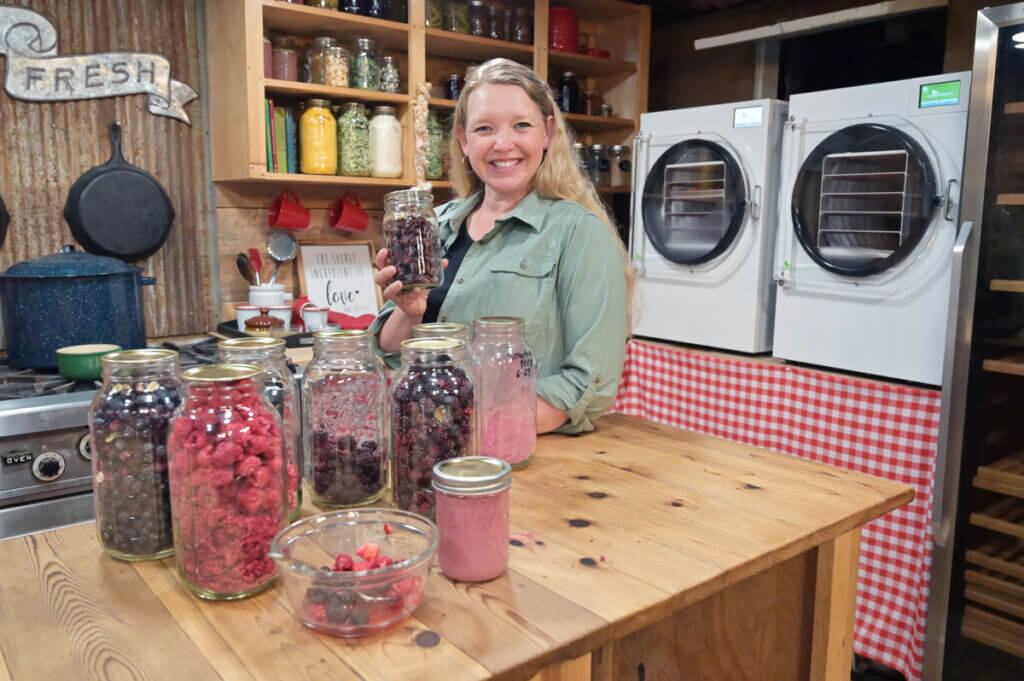
Why I Love Freeze Drying
It’s no secret that the Harvest Right freeze dryer has become my favorite preservation tool. I still find it funny that I turned up my nose at it for so many years, thinking it would never do a better job than all my other preferred preservation methods.
With three years of freeze drying under my belt, I can now say it’s at the top of my list for preservation methods. I’ve had to experiment with many of these recipes since this method of preserving is so new the information just isn’t available.
This is one of the reasons I was inspired to write my book, Freeze Drying the Harvest: Preserving Food the Modern Way and added a Freeze Drying Masterclass to my online video classes in the Abundant Pantry.
These resources can be purchased separately or as companions, so whether you choose the book or the masterclass, you will receive all the information you need to have a pantry packed full of healthy food year-round!
You can also check out my one-year review of the Harvest Right freeze dryer, read the FAQs of freeze drying, and check out all of my freeze drying recipes in our Freeze Drying archives.

Methods for Rehydrating Freeze Dried Food
Before we begin, it’s important to remember a few freeze drying rules:
- If the food was put into the freeze dryer raw, it needs to be rehydrated with cold water.
- If the food was put into the freeze dryer fully cooked or blanched, it should be rehydrated with warm or hot water.
I’m going to share the methods of rehydrating freeze dried food from my least to most favorite. First up is steaming…

Steaming Method
To steam freeze dried food, create a steamer in a multicooker (Instant Pot) or on the stovetop. The idea is to place your food into the steamer basket and allow it to steam until fully rehydrated. This method is recommended for foods that are fully cooked.
That being said, I haven’t had success with this method AT ALL! The food usually gets burned or so rubbery that it’s not edible.



Wrapping With a Damp Paper Towel
Another recommended rehydration method I found was to wrap your freeze dried food in a damp paper towel, then place it inside a zip-top bag and place it in the refrigerator for about 20 minutes.
I tried this with multiple types of freeze dried food without great results. From a thin slice of cake, a chicken wrap, lasagna, thin slices of bread and tortillas. The method is unreliable and only works well for thin slices of bread and tortillas.
I would use this method for bread and tortillas if I had plenty of time to rehydrate my food. For example, when meal planning, if I wanted tortillas for tomorrow’s dinner, I would wrap the freeze dried tortillas in a damp paper towel, place them in a zip-top baggy and rehydrate them overnight (even up to 24 hours) in the refrigerator.
Homesteading Hack: Check your food regularly to see if you need to add more moisture to the paper towel or remove the paper towel if your food is completely rehydrated.


Water Spraying Method
This method works well when you have delicate foods that don’t require a lot of water to rehydrate, but you also want them to turn out “pretty” when rehydrated.
Items like berries, mushrooms and herbs are fantastic for this method. Though these foods can be rehydrated in other ways, this method will maintain their beauty, making them great to use as a garnish.
For this method, you’ll want a food-grade spray bottle filled with either hot or cold water (depending on whether the food is cooked or raw).
- Spray food with water.
- Wait a few minutes and check its consistency.
- Spray again, if needed.
- Wait a few more minutes and check its consistency.
- Continue spraying and waiting as needed (some food items can take up to twenty minutes to reconstitute fully).
- Once food is rehydrated, use it as you would fresh food.

Cooking Method
In this method you’ll use hot water and add your freeze dried foods into the water to cook for a few minutes. This method only works for fully cooked or blanched freeze dried foods.
In the video, I demonstrate this method with some of my freeze dried broth, freeze dried chicken and freeze dried vegetables to make a quick and easy chicken vegetable soup.
What I love about this method is it’s great for hot lunches. Add a few tablespoons of freeze dried broth, a handful of freeze dried chicken and vegetables in a zip-top baggy. Then, when you’re ready for lunch, heat some water up to boiling, add your freeze dried soup contents to a bowl and pour the hot water over the top. Allow it to soak for about 5-10 minutes and enjoy.
This method would also be great for freeze dried chili (like my white bean chicken chili) or freeze dried cream of chicken soup (or cream of anything soup).
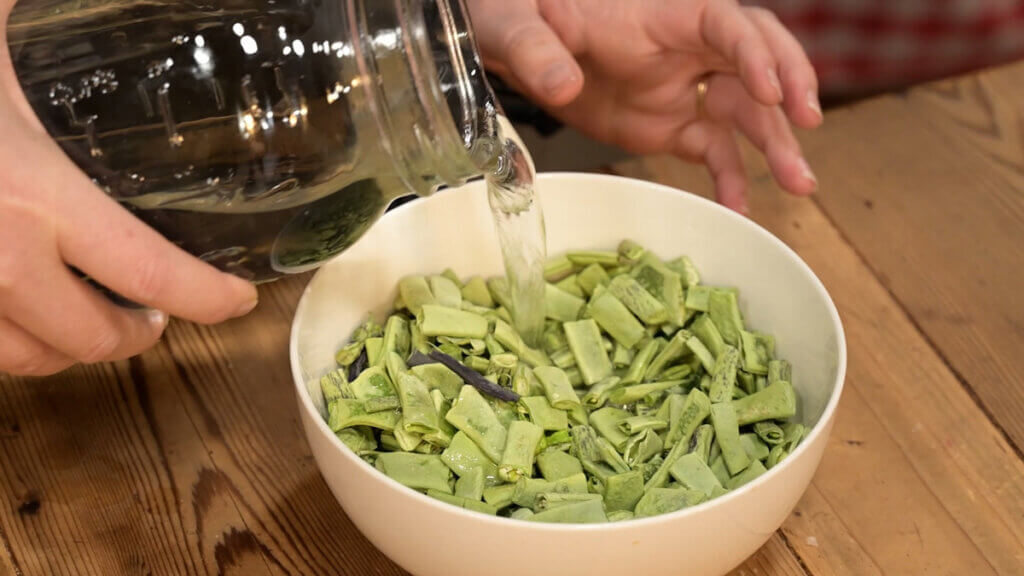
Soaking Method
The soaking method works wonderfully for things that were freeze dried raw or fresh from the garden. Freeze dried green beans, freeze dried corn, freeze dried strawberries, and even freeze dried tomatoes (though they work best with the spray method).
Most raw foods (especially those with thick skin) will take a while to rehydrate, so when we want fresh green beans for dinner, we start soaking them in a bowl of cold water first thing in the morning and leave them in the refrigerator until we’re ready to eat them.
This method works great for fruits and vegetables that you don’t need in perfect shape, because they may get a little mashed up if they’re delicate (such as freeze dried berries).
We also love using this method for freeze dried raw meat. This method takes about two hours, but for certain items, you can leave them soaking for up to 48 hours.
The method is simple:
- Place freeze dried food into a bowl.
- Cover with cold or hot water (depending on whether the food was raw or cooked when freeze dried) and allow to soak until fully rehydrated.
- Cover the food and place in the refrigerator to soak for longer periods of time.
- You can leave many foods to soak for 2 to 48 hours.
- Drain off excess water and use the food as if fresh.

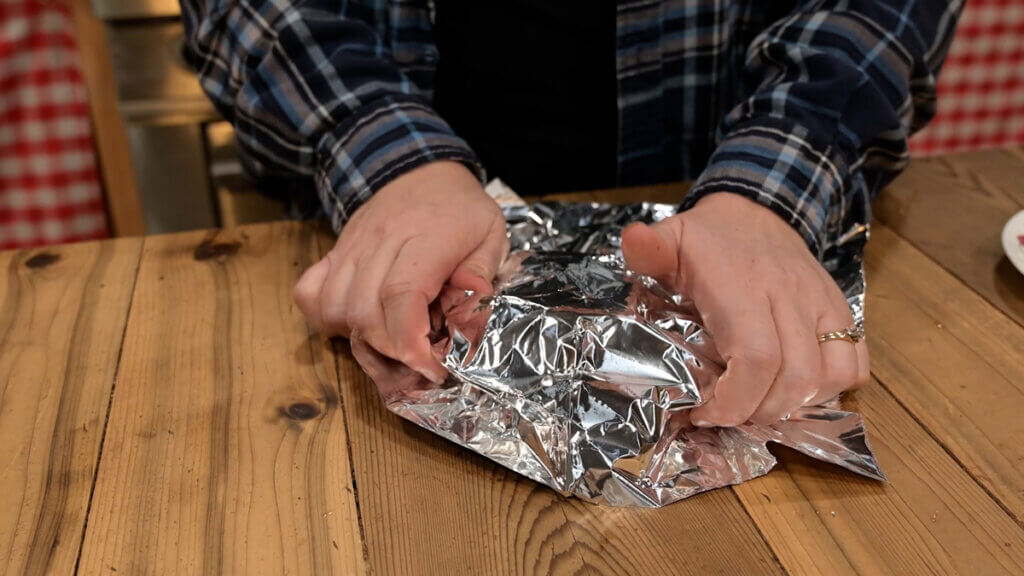
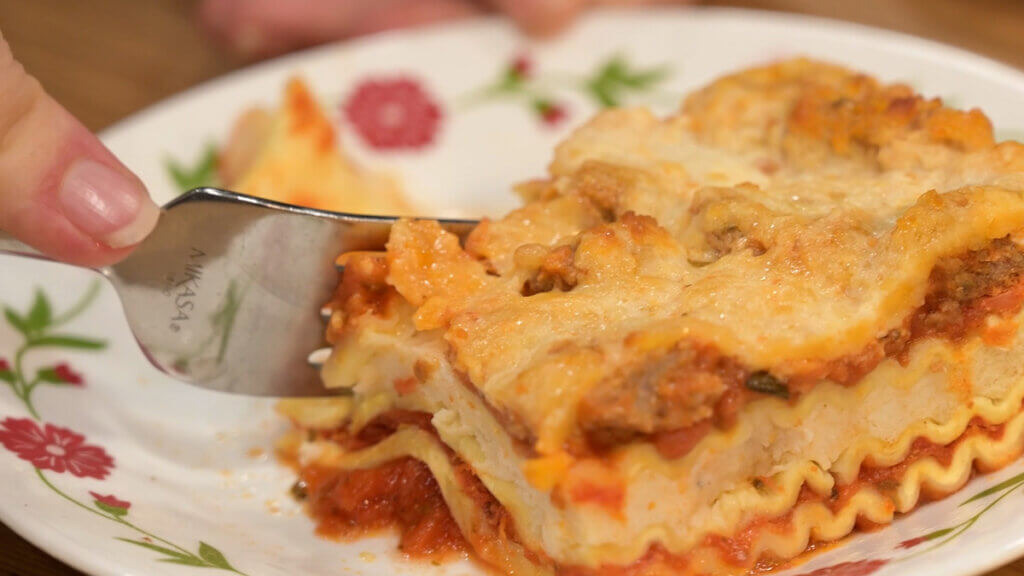
Hot Water Pour Over Method
This method is our favorite because it can be used for cooked freeze dried items that you want to retain their shape and texture or that you don’t mind how they look at the end (such as a bowl of chili). To keep food “pretty” and presentable, I demonstrated this method with lasagna and chocolate cake. Trust me when I say you couldn’t tell the food had been freeze dried from the taste or the texture.
For this method, use slightly steaming water to rehydrate. The most important tip for rehydrating these freeze dried food items is to go slowly and take your time. You don’t want to over-hydrate the food because you can easily end up with a goopy or mushy mess.
- A general rule of thumb is to start with about 1/3 the volume of the item to hot water. Start slowly drizzling the water so the food can soak it up.
- When I see the food not soaking up water as quickly, I’ll pause and give it a minute or two to rehydrate.
- Check the food, especially around the edges and the very center, and add more water as needed to those dryer areas.
- You must be patient with this process; don’t rush it! Certain items can take up to 20 minutes to rehydrate. Homesteading Hack: Cover the food with foil while you’re waiting for the rehydration process to help trap in the steam and distribute the moisture more evenly.

More Posts You May Enjoy
- Freeze Drying FAQs
- Healthy Freeze Dried Baby Food
- Freeze Dried Water (Can It Be Done?)
- Freeze Dried Eggs – Everything You Need to Know
- Freeze Dried Avocados and Guacamole
- How to Freeze Dry or Freeze Milk
- Freeze Dried Coffee
- Freeze Dried Dog Food











